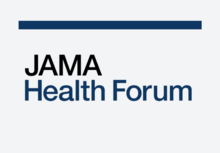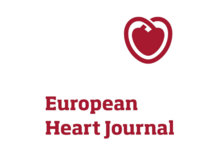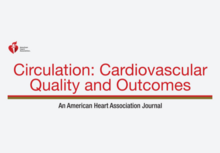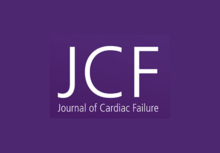Diao JA, Shi I, Murthy VL, Buckley TA, Patel CJ, Pierson E, Yeh RW, Kazi DS, Wadhera RK, Manrai AK. Projected Changes in Statin and Antihypertensive Therapy Eligibility With the AHA PREVENT Cardiovascular Risk Equations. JAMA. 2024. https://pubmed.ncbi.nlm.nih.gov/39073797/. doi:10.1001/jama.2024.12537
Publications
2024
Bartlett VL, Liu M, Ati S, Yeh RW, Zheng Z, Wadhera RK. Private Equity Acquisitions of Outpatient Cardiology Practices in the United States, 2013-2023. Journal of the American College of Cardiology. 2024. https://pubmed.ncbi.nlm.nih.gov/38955290/
Park S, Wadhera RK. Use Of High- And Low-Value Health Care Among US Adults, By Income, 2010-19. Health Affairs. 2024;43(7):1021–1031. https://pubmed.ncbi.nlm.nih.gov/38950294/. doi:10.1377/hlthaff.2023.00661
Mein SA, Marinacci LX, Zheng Z, Ahmad I, Wadhera RK. Changes in Health Care and Prescription Medication Affordability in the US During the COVID-19 Pandemic. JAMA Health Forum. 2024;5(6.9). https://pubmed.ncbi.nlm.nih.gov/38944763/. doi:10.1001/jamahealthforum.2024.1939
Henry CM, Oseran AS, Zheng Z, Dong H, Wadhera RK. Cardiovascular hospitalizations and mortality among adults aged 25-64 years in the USA. European Heart Journal. 2024;45(12):1017–1026. https://pubmed.ncbi.nlm.nih.gov/37952173/. doi:10.1093/eurheartj/ehad772
Shashikumar SA, Zheng Z, Maddox KEJ, Wadhera RK. Financial Burden of Health Care in the Privately Insured US Population. JAMA Internal Medicine. 2024. https://pubmed.ncbi.nlm.nih.gov/38805205/. doi: 10.1001/jamainternmed.2024.1464
Thompson MP, Hou H, Likosky DS, Pagani FD, Falvey JR, Bowles KH, Wadhera RK, Sterling MR. Home Health Care Use and Outcomes After Coronary Artery Bypass Grafting Among Medicare Beneficiaries. Circulation: Cardiovascular Quality and Outcomes. 2024. https://pubmed.ncbi.nlm.nih.gov/38770653/. doi:10.1161/CIRCOUTCOMES.123.010459
Oseran AS, Wadhera RK. The Inflation Reduction Act and Access to Heart Failure Therapies: Prices, Progress and Promise. J Card Fail. 2024. https://pubmed.ncbi.nlm.nih.gov/38768683/. doi:10.1016/j.cardfail.2024.04.021
Ferro EG, Reynolds MR, Xu J, Song Y, Cohen DJ, Wadhera RK, D’Avila A, Zimetbaum PJ, Yeh RW, Kramer DB. Outcomes of Atrial Fibrillation Ablation Among Older Adults in the United States: A Nationwide Study. JACC: Clinical Electrophysiology. 2024. https://www.jacc.org/doi/10.1016/j.jacep.2024.03.032. doi:10.1016/j.jacep.2024.03.032
Mamas MA, Martin GP, Grygier M, Wadhera RK, Mallen C, Curzen N, Wijeysundera HC, Banerjee A, Kontopantelis E, Rashid M, et al. Indirect impact of the war in Ukraine on primary percutaneous coronary interventions for ST-elevation myocardial infarction in Poland. Polish Archives of Internal Medicine. 2024. https://research.manchester.ac.uk/en/publications/indirect-impact-of-the-war-in-ukraine-on-primary-pci-for-st-eleva








